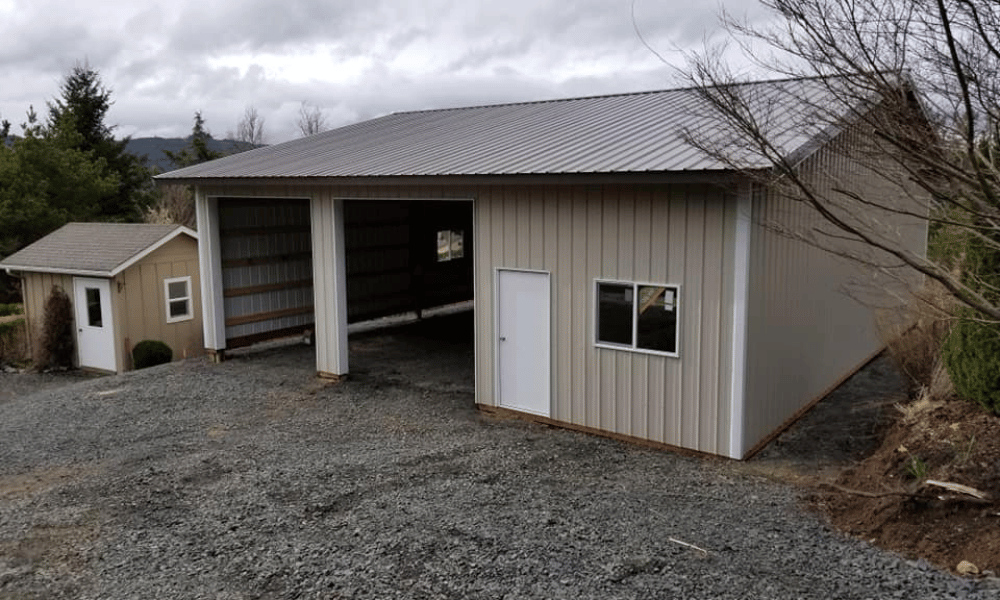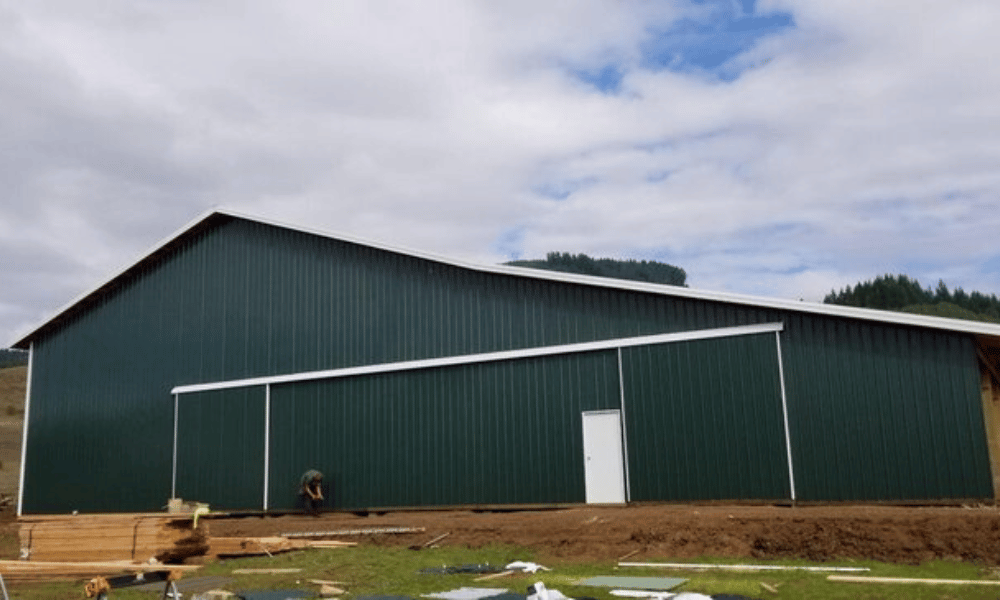Introduction
Building a pole structure can be an exciting yet daunting endeavor. Whether you’re constructing a barn, garage, workshop, or any other type of pole building, it’s vital to understand the insurance requirements that accompany such a project. This article aims to illuminate the often-overlooked aspects of insuring your pole building construction, ensuring you navigate through the complexities with ease and confidence.
In today’s fast-paced world, many individuals find themselves drawn to the versatility and affordability of pole buildings. They are not only cost-effective but also remarkably adaptable for various uses. However, as with any construction project, insurance plays a crucial role in safeguarding your investment against unforeseen circumstances.
As we delve deeper into this topic, we will explore everything from understanding policy types to navigating local regulations, providing you with a comprehensive guide for ensuring your pole building is adequately protected.
Understanding Pole Buildings
What Are Pole Buildings?
Pole buildings are structures that utilize vertical posts or poles embedded in the ground or set on concrete footings for support. Unlike traditional construction methods using foundational blocks or walls, these structures offer enhanced flexibility and are easier to erect.
Key Features of Pole Buildings
Cost-Effectiveness: Generally cheaper than conventional buildings due to reduced material and labor costs. Versatility: Suitable for various applications including residential garages, agricultural barns, and commercial warehouses. Quick Construction: The design allows for faster assembly compared to traditional builds. Customization Options: Easily customizable in size and layout according to specific needs.Navigating Insurance Requirements When Constructing a Pole Building
When it comes to constructing http://lanegevf312.lowescouponn.com/community-insights-on-choosing-between-a-garage-and-a-pole-building a pole building, navigating insurance requirements is essential in protecting your investment. Whether you're hiring contractors or doing it yourself, understanding the insurance landscape will help mitigate risks associated with injuries or property damage during the construction process.
Why Is Insurance Important?
Insurance acts as a safety net during unforeseen events—think accidents on-site or damages caused by natural disasters. For instance:
- Liability Coverage: Protects you against claims resulting from injuries sustained on your property. Property Insurance: Covers damages to your building materials and equipment due to theft or natural disasters. Builder’s Risk Insurance: Specifically designed for construction projects; it protects against risks while the structure is being built.
Types of Insurance Needed for Pole Building Construction
General Liability Insurance
General liability insurance is crucial for any contractor or individual managing a construction project. This coverage protects against third-party claims related to bodily injury or property damage occurring on-site.
Key Points:
- Covers legal fees and settlements. Essential if you're hiring subcontractors.
Builder’s Risk Insurance
Builder's risk insurance covers property under construction from specific risks like fire and vandalism.
Key Points:
- Usually time-limited until completion. Can cover equipment and materials stored on-site.
Workers’ Compensation Insurance
If you're employing workers during the construction of your pole building, workers’ compensation insurance is mandatory in most states.
Key Points:
- Provides medical benefits for work-related injuries. Protects against lawsuits filed by injured workers.
Assessing Your Specific Needs
Evaluating Local Regulations
Before diving into the nitty-gritty of insurance policies, it's essential to check local regulations regarding construction insurance requirements. Many areas have specific mandates regarding coverage amounts and types needed before commencing construction.
Questions To Consider:
What are my local minimum insurance requirements? Are there additional coverages recommended by local authorities?Assessing Risks Associated with Your Project
Identifying potential risks associated with your specific project can help tailor your insurance coverage effectively. For example:
- Location-specific weather threats (e.g., hurricanes or floods). Site conditions (e.g., uneven terrain).
Finding The Right Insurer
Researching Potential Insurers
Not all insurers offer the same policies tailored for pole buildings; therefore, research is critical when selecting an insurer.
Steps To Take:
Check reviews online. Ask fellow builders about their experiences. Compare quotes from multiple providers.Understanding Policy Terms
Once you've shortlisted potential insurers, it's time to dig into policy terms—ensure you comprehend what is covered and what isn’t!

Key Aspects To Analyze:
- Deductibles Exclusions Coverage limits
Common Mistakes When Insuring Your Pole Building
Underestimating Value
One common mistake is underestimating the value of materials and equipment used in the build process which can lead to insufficient coverage during a loss event.
How To Avoid This:
Regularly update your valuation as costs change over time; keep receipts handy!
Ignoring Additional Coverages
Many builders overlook additional coverages that may apply specifically to their locale or type of structure being built—such as flood insurance in flood-prone areas.
Solutions:
Consult with an expert who understands regional risks thoroughly.

Documenting Your Construction Process
Importance of Documentation
Keeping detailed records throughout the construction process can significantly streamline any future claims processes should accidents occur.
What To Document:
Photos of each stage. Material purchase invoices. Contractor agreements and communications.Frequently Asked Questions (FAQs)
What kind of insurance do I need for constructing a pole building?- You typically need general liability insurance, builder's risk insurance, and workers' compensation if hiring employees.
- While technically possible, doing so exposes you to significant financial risks; it's highly recommended you obtain at least basic coverage.
- Costs vary depending on project value but generally range between 1% - 5% of total construction costs annually.
- While general liability covers many incidents, specialized coverages like builder's risk may be necessary depending on circumstances involved in your project.
- Yes! Different regions may present unique risks such as flooding or earthquakes that require additional coverage options tailored accordingly.
- Immediately contact your insurer; provide them with all necessary documentation along with relevant details about the incident promptly!
Conclusion
Navigating through the myriad of options available when considering “Navigating Insurance Requirements When Constructing a Pole Building” doesn’t have to be overwhelming! By understanding types of required insurances—alongside evaluating personal needs—you can take proactive steps toward safeguarding your investment in this versatile structure efficiently and effectively!
Remember: Always consult professionals who specialize in construction-related insurances for personalized guidance tailored specifically towards protecting your unique project—and don’t forget about documenting every aspect throughout! Happy building!